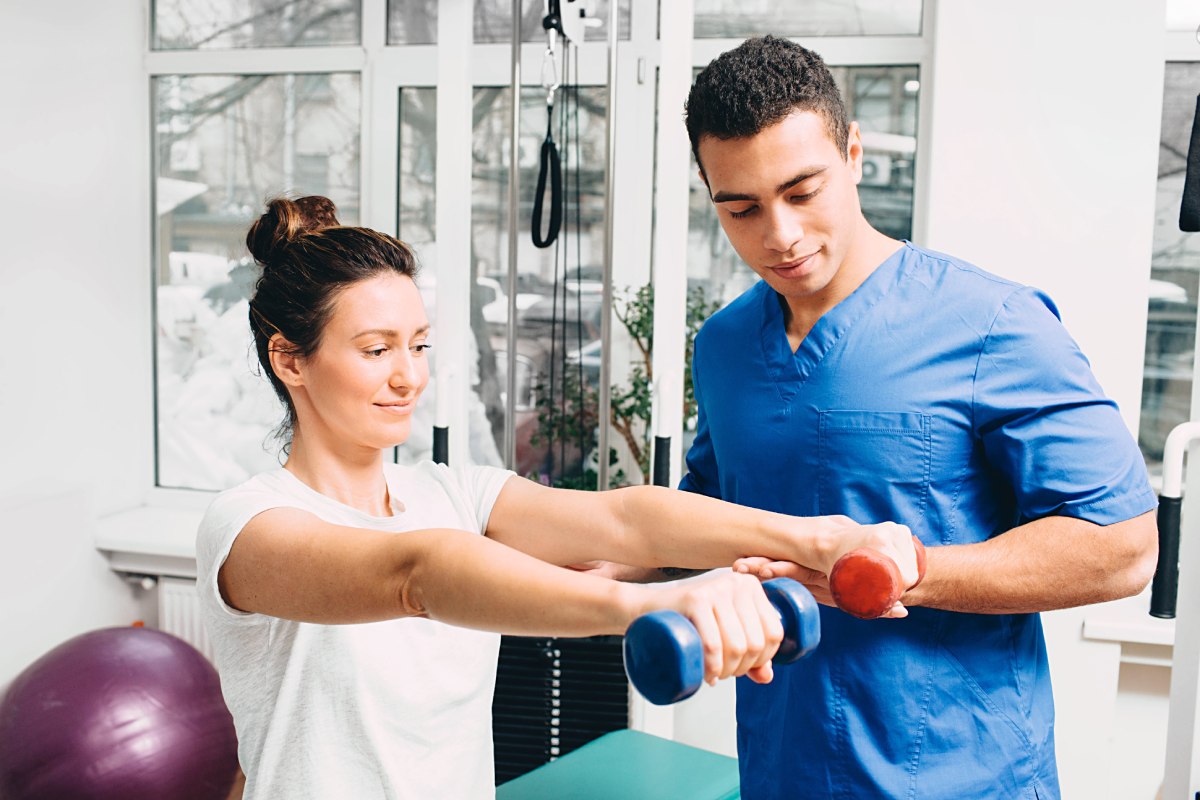Bodily rehabilitation is one significant component of recovery and restoration for a lot of patients. It helps people recover strength, boost movement, and reduce soreness following injuries or surgeries. Numerous methods to physical treatment, every crafted to address the specific demands of patients. Grasping these various methods can aid patients form knowledgeable decisions about their healing journey.
One frequent method to physical treatment is hands-on therapy. Such method entails hands-on care by a physical specialist to adjust muscle groups and connections. Hands-on therapy can aid alleviate pain, boost blood flow, and enhance range of motion. Therapists may employ techniques such as massage, joint adjustment, and flexibility exercises to aid clients rehabilitate. Such approach is commonly advantageous for those with musculoskeletal conditions, such as back pain or arthritis, as it concentrates on the bodily aspects of rehabilitation.
A different important method is restorative physical activity. Such approach involves specific activities designed to boost strength, equilibrium, and coordination. Physiological therapists develop tailored physical activity plans based on the individual's situation and goals. These activities can range from easy movements to further challenging activities. Restorative exercise is crucial for regaining strength continue reading this after an incident and stopping future issues. It furthermore aids patients restore belief in their bodily skills, which is crucial for complete recovery.

Aquatic therapy is another effective approach that employs aqua to support in healing. Such technique takes advantage of the buoyancy of water, which reduces the impact on joints and facilitates more comfortable activity. Clients can carry out activities in a water environment, making it a fantastic choice for those with restricted movement or pain. Aquatic therapy can help boost power, range of motion, and stamina while offering a supportive environment for healing. This is notably helpful for patients recovering from surgery or those with persistent soreness issues.
Finally, knowledge and autonomy are crucial parts of physiological rehabilitation. Physical specialists also offer care but also teach individuals about their situations and how to handle them. This comprises understanding physical function, posture, and the value of being engaged. By empowering patients with understanding, practitioners assist them take an engaged part in their rehabilitation. This technique promotes patients to continue their healing beyond therapy sessions, contributing to improved long-term effects.
To summarize, physiological therapy delivers multiple approaches to boost rehabilitation and recovery. Physical rehabilitation, rehabilitative exercise, pool rehabilitation, and education all have important roles in aiding patients regain their vigor and movement. Each approach is tailored to address the unique demands of individuals, ensuring a holistic approach to rehabilitation. Through understanding these diverse methods, clients can more effectively navigate their healing path and work towards reaching their rehabilitation aims.